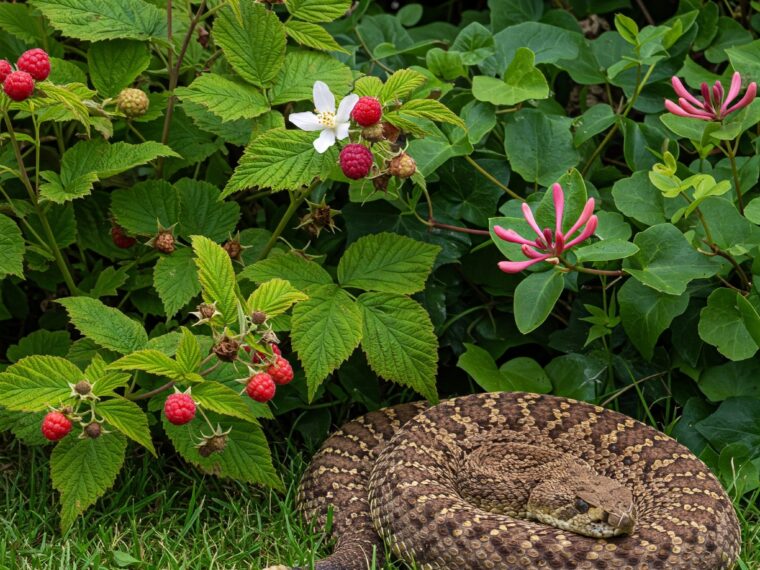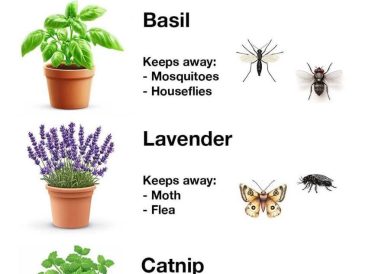1. Dense Ground Covers (Like English Ivy or Periwinkle)
- These create cool, shaded hiding spots.
- Snakes can easily slither underneath without being seen.
- They also attract rodents and insects, which are snake prey.
✅ Alternative: Use low, sparse ground covers like creeping thyme or sedum.
2. Tall Ornamental Grasses
- Grasses such as pampas grass or fountain grass create thick cover at the base where snakes love to nest.
- The movement of tall grass also makes it hard to spot snakes.
✅ Alternative: Choose well-spaced decorative plants or dwarf grass species with open bases.
3. Jasmine and Other Climbing Vines
- Vines growing up trellises or fences can create vertical hiding areas.
- The dense foliage provides protection from predators.
✅ Alternative: Keep vines pruned and limit the amount of growth near ground level.
4. Mulch and Leaf Litter Beds
- While technically not plants, thick layers of mulch under bushes and trees are a favorite snake hiding place.
- Mulch retains moisture and provides cover.
✅ Tip: Use gravel or rubber mulch in problem areas and keep organic mulch thin.
5. Bird- and Rodent-Attracting Plants (e.g., Fruit Trees, Berry Bushes)
- Snakes love to follow their food.
- Fruits, nuts, and berries attract birds, rodents, and insects—all of which can draw snakes.
✅ Alternative: Harvest fallen fruit quickly and keep the ground beneath these trees clean.
6. Overgrown Shrubs or Bushes
- Bushes like boxwood or dense azaleas with low-hanging branches form the perfect snake den.
- If not pruned, they create shaded, damp areas underneath.
✅ Tip: Trim lower branches and leave space beneath shrubs for airflow and sunlight.
7. Banana Plants
- These hold a lot of moisture and grow in dense clusters.
- In tropical climates, snakes are often found in banana plantations.
✅ Alternative: Consider dwarf banana varieties or space them out well.
🛑 Bonus Tip: Avoid Water Features Surrounded by Dense Vegetation
Ponds or fountains surrounded by lush foliage can be hotspots for frogs, which attract snakes like magnets.
🧼 Simple Ways to Make Your Garden Less Snake-Friendly
- Keep your grass short and bushes trimmed.
- Seal cracks and entry points near your home’s foundation.
- Store firewood and compost away from the house.
- Use snake-repelling plants like lemongrass, marigold, or garlic.
- Avoid stacking rocks or bricks in the open.
Final Thoughts
You don’t need to fear every snake—but it’s wise to discourage them from moving in. By being selective with your landscaping and removing plants that encourage snake activity, you’ll protect your family, pets, and peace of mind.
If snakes are a regular concern in your area, consider consulting a local pest control expert or wildlife specialist for help identifying risky areas on your property.





